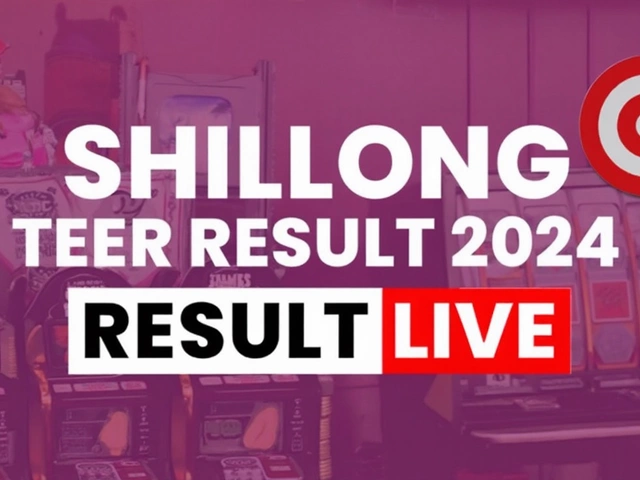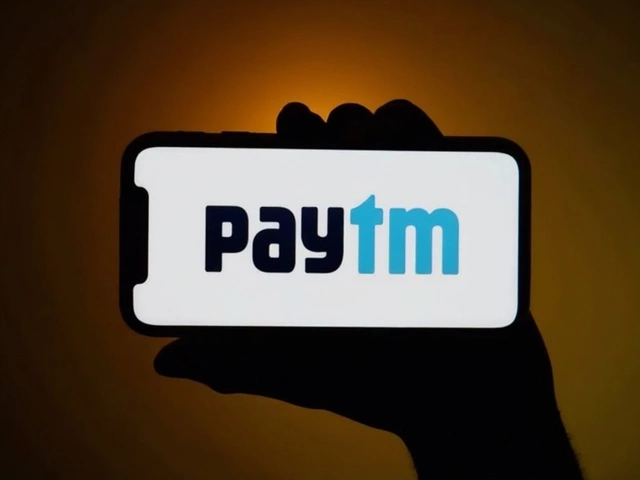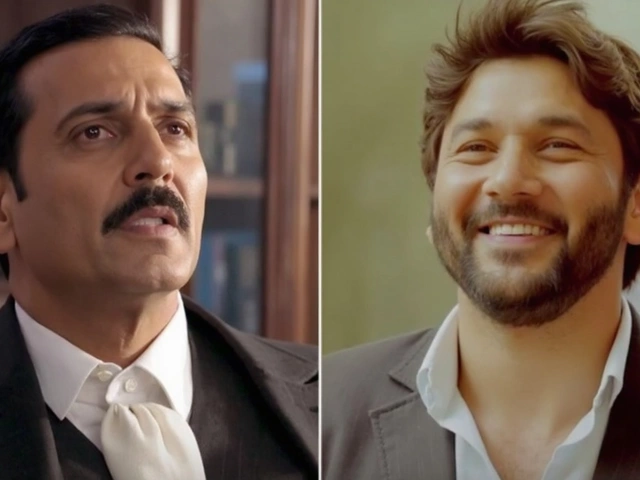Compatibility Issues: Quick Fixes for Your PC
Ever installed a new program only to see error messages about "not compatible"? Or plugged in a printer that just refuses to work? Those moments are all about compatibility issues. They happen when your hardware, software, or operating system can't speak the same language. The good news is most of these problems have a straightforward fix, and you don’t need to be a tech wizard to apply them.
Common Types of Compatibility Problems
First, let’s break down what usually goes wrong. Hardware incompatibility pops up when you try to run a new graphics card, RAM module, or peripheral on an older motherboard that doesn’t support it. Software incompatibility shows up when a program was built for a different version of Windows or macOS, or when it requires a specific library that isn’t installed. Driver issues are a sneaky subtype – the driver is the piece of software that lets the OS control a device, and an outdated driver can cause crashes or missing features. Lastly, game and app compatibility problems often stem from mismatched DirectX versions or missing runtime files.
Practical Steps to Resolve Them
1. Check the official requirements. Before you buy or install anything, look at the manufacturer’s spec sheet. It will list the minimum OS version, required CPU speed, RAM, and any special hardware like a GPU with a certain amount of VRAM. If your system is below those numbers, you know you’ll need an upgrade or a workaround.
2. Update your drivers. Head to the device maker’s website (or use Windows Update) and download the latest driver for your graphics card, network adapter, or printer. Installing the newest driver can instantly solve a “device not recognized” error.
3. Use Compatibility Mode. Windows lets you run older programs as if you were on a previous OS. Right‑click the program’s .exe file, choose Properties → Compatibility, and select the version it was designed for. Tick the box for “Run this program as an administrator” if it needs elevated rights.
4. Install missing runtimes. Many apps depend on the Visual C++ Redistributable, .NET Framework, or Java. If you see a complaint about a missing DLL, download the appropriate runtime from Microsoft’s site and install it.
5. Adjust BIOS/UEFI settings. Some hardware needs a specific BIOS setting—like enabling “XMP” for high‑speed RAM or turning on “Legacy USB” for older peripherals. Restart your PC, enter the BIOS (usually by pressing Del or F2), and look for the relevant option.
6. Try virtualization. If a program only runs on an older OS, consider creating a virtual machine with that OS installed. Tools like VirtualBox or VMware let you run Windows 7 inside Windows 10 without messing with your main system.
7. Verify game compatibility. For gaming, check the game’s store page for supported DirectX versions and any known issues with specific graphics cards. Sometimes launching the game with a command‑line flag (e.g., "-dx11") forces it into a compatible mode.
8. Scan for hidden updates. Windows sometimes hides optional updates that fix compatibility bugs. Go to Settings → Update & Security → Windows Update → View optional updates and install any that mention hardware or driver fixes.
When you follow these steps, most compatibility hiccups disappear. If you still run into a wall, search the exact error message online—chances are someone else had the same issue and posted a solution.
Remember, the key is to stay proactive. Keep your system updated, read the requirements before installing new software, and don’t ignore driver warnings. With a few simple habits, you’ll spend less time troubleshooting and more time using your PC the way you want.
Yuzvendra Chahal and Dhanashree Verma's Divorce Finalized: Compatibility Issues Cited
Indian cricketer Yuzvendra Chahal and choreographer Dhanashree Verma have officially divorced, attributing the separation to compatibility problems. Their marriage, which started in 2020 after connecting over dance during the lockdown, faced challenges revealed through social media clues. The divorce finalized in February 2025 after court-directed counseling.





